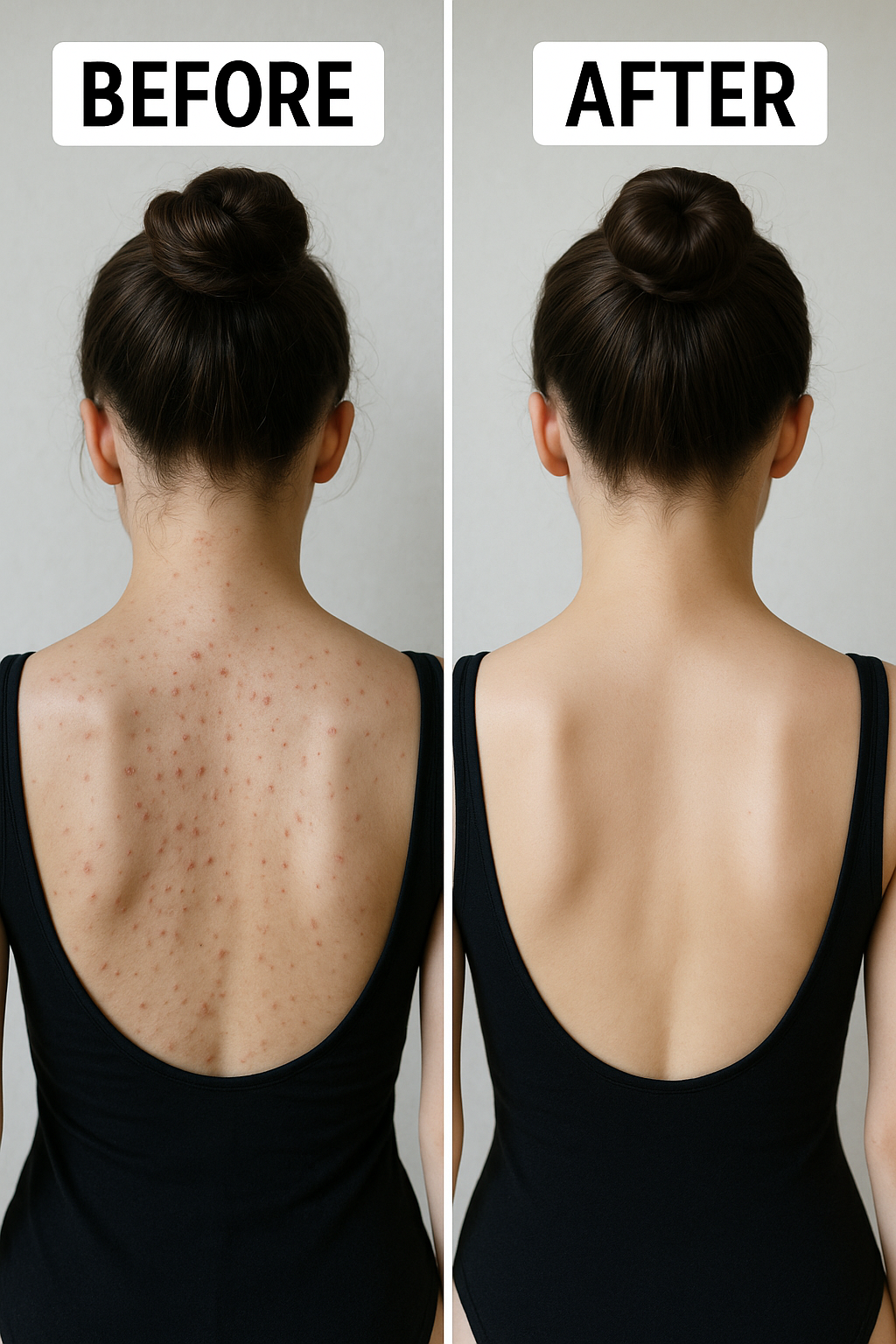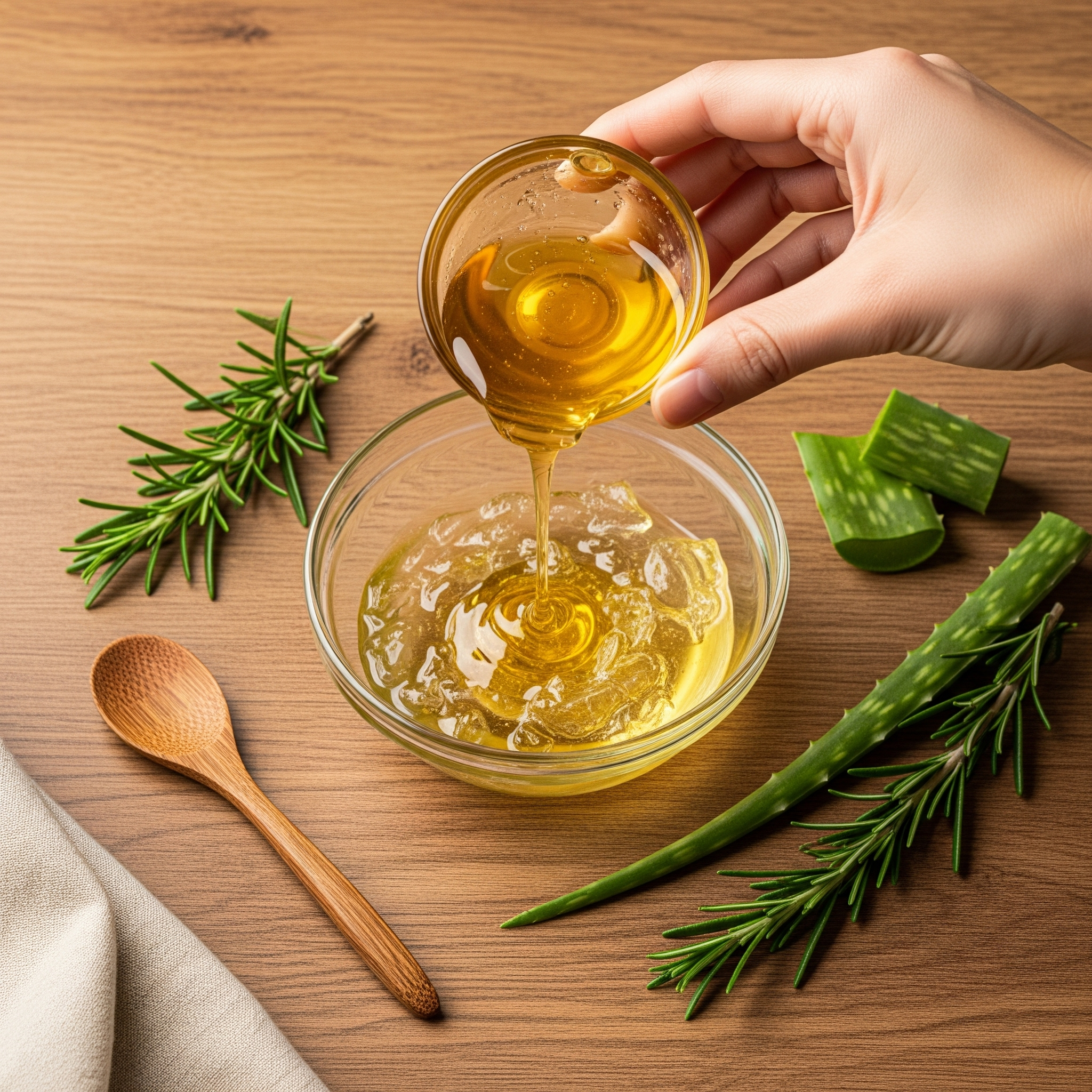Natural Ways To Get Rid Of Acne And Pimples At Home
Acne is one of the most common skin concerns in the world, affecting nearly 85% of young adults. While over-the-counter treatments like salicylic acid, niacinamide, and benzoyl peroxide are widely used, many people experience side effects such as dryness and irritation. As a result, more and more individuals are turning to natural remedies for safer, gentler options. Here’s a comprehensive guide to 14 effective home remedies that may help reduce pimples, clear acne, and support healthier skin—naturally.

What Is Acne?
Acne occurs when hair follicles get clogged with oil and dead skin cells. This leads to blackheads, whiteheads, and inflamed pimples. It often begins in adolescence but can affect people at any age. Factors such as genetics, hormonal fluctuations, diet, stress, and bacteria all play a role in acne development.
1. Apply Apple Cider Vinegar
Apple cider vinegar has antibacterial and antifungal properties. It contains organic acids like citric and lactic acid, which can kill acne-causing bacteria and improve the appearance of acne scars. However, it can irritate the skin, so always dilute it.
How to use: Mix 1 part apple cider vinegar with 3 parts water. Apply using a cotton ball, leave it on for 5–20 seconds, then rinse. Use once or twice a day.
2. Take Zinc Supplements
Zinc is an essential nutrient that regulates inflammation, immune function, and hormone levels. Studies show that oral zinc supplements can reduce acne significantly.
Tip: Don’t exceed 40 mg per day unless advised by a doctor. Avoid applying zinc topically—it doesn’t absorb well through the skin.
3. Make A Honey And Cinnamon Mask

Both honey and cinnamon have powerful antibacterial properties. Together, they can reduce inflammation and fight P. acnes bacteria.
How to use: Mix 2 tablespoons of honey with 1 teaspoon of cinnamon. Apply to clean skin, leave on for 10–15 minutes, then rinse off.
4. Spot Treat With Tea Tree Oil
Tea tree oil is a natural antiseptic and anti-inflammatory. It’s been shown to reduce acne without the dryness associated with harsher treatments.
How to use: Dilute tea tree oil (1 part oil to 9 parts water). Apply to pimples using a cotton swab. Do a patch test first.
5. Apply Green Tea
Green tea is high in antioxidants, especially EGCG, which reduces sebum production and fights inflammation.
How to use: Brew green tea, let it cool, then apply to the skin using a spray bottle or cotton ball. Rinse off after drying.
6. Use Witch Hazel
Witch hazel can reduce inflammation and kill bacteria. While more studies are needed, it’s a gentle toner for acne-prone skin.
How to use: Boil 1 tablespoon of witch hazel bark in 1 cup of water. Let it cool and use as a toner twice a day.
7. Moisturize With Aloe Vera
Aloe vera contains salicylic acid and sulfur, which are both used to treat acne. It soothes irritation and hydrates the skin.
How to use: Apply fresh aloe gel directly to the face as a moisturizer. Use once or twice daily.
8. Take A Fish Oil Supplement
Omega-3 fatty acids, especially EPA and DHA, help regulate inflammation. A healthy dose of fish oil may help reduce acne over time.
Sources include: salmon, walnuts, chia seeds, flaxseeds, and fish oil supplements.
9. Exfoliate Regularly (But Gently)
Exfoliating removes dead skin cells that clog pores. It also helps acne treatments absorb better.
DIY exfoliator: Mix equal parts sugar and coconut oil. Gently massage onto skin, then rinse.
Note: Don’t over-exfoliate. You can also use a chemical exfoliant like salicylic acid.
10. Follow A Low Glycemic Diet
High-glycemic foods spike insulin and sebum production, which can lead to acne. Studies show that lowering your glycemic load can reduce breakouts.
Eat more of: whole grains, legumes, vegetables, and fruits.
Avoid: white bread, sugary snacks, soda, and processed foods.
11. Cut Back On Dairy
Some studies link milk—especially skim milk—with acne. This may be due to hormones in milk affecting sebum production.
Tip: Try cutting out dairy for a few weeks to see if your skin improves.
12. Reduce Stress
Stress causes hormonal changes that trigger breakouts. It can also lead to picking or touching the face more often.
How to manage stress: practice yoga, meditate, breathe deeply, or get regular sleep and exercise.
13. Exercise Regularly
Exercise improves circulation, reduces stress, and helps balance hormones—all of which support healthy skin.
Reminder: Always wash your face after working out to remove sweat and bacteria.
14. Try Brewer’s Yeast
Brewer’s yeast, especially the strain Hansen CBS, may reduce acne when taken orally. Some early studies show promising results.
How to use: Mix powdered yeast with lemon juice, apply to clean skin, leave for 1 minute, then rinse. You can also consume it as a supplement.
Bonus: Prevent Acne Before It Starts
-
Wash your face twice daily.
-
Use non-comedogenic skincare and makeup.
-
Avoid touching your face.
-
Use sunscreen.
-
Don’t pop pimples.
-
Stay hydrated.
When To See A Dermatologist
If you’ve tried everything and your acne persists, or if your breakouts are painful, deep, or affect your confidence, it may be time to consult a dermatologist. Prescription treatments, hormonal therapy, or in-office procedures might be necessary.
Final Thoughts
Home remedies can be a gentle and affordable way to manage acne, especially for mild to moderate cases. While they may not work overnight, with consistency and patience, you can see real results. Always patch test new ingredients and consult a professional if your condition worsens.
